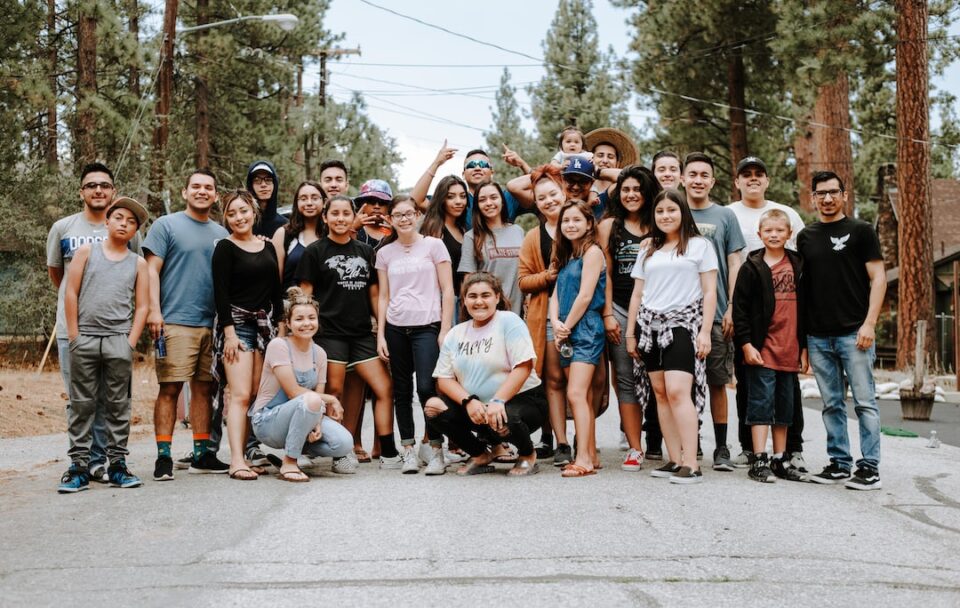Collaborating with neighboring communities: cross-community partnerships
Collaborating and building strong relationships with neighboring communities can have a significant impact on the growth and development of a community. Cross-community partnerships can help bring resources, ideas, and new perspectives to the table, which can help tackle challenges and create opportunities for residents.
Why collaborate with neighboring communities?
Collaboration with neighboring communities helps to gain access to new resources and opportunities. For example, if a community needs funding for a certain project, they can partner with a neighboring community that has access to the needed resources. This can help in not only gaining resources but also generating new opportunities for residents.
Creating cross-community partnerships allows communities to exchange ideas and best practices. Through sharing, communities can learn from each other and work towards common goals. Such collaborations may also result in creating new and innovative solutions by combining ideas and resources.
Cross-community partnerships promote diversity and inclusivity. Working with communities that have diverse experiences and perspectives can help in broadening one’s understanding of the communities they serve. It also provides an opportunity to build inclusivity, as people from different backgrounds and experiences come together to form partnerships.
Collaborating with neighboring communities can lead to larger projects with broader impact. For example, if two or more communities come together to create a regional park, it can attract tourists, who would not have visited individual communities.
How to start cross-community partnerships:
The first step in starting cross-community partnerships is networking. Reach out to your neighboring communities and understand their priorities and challenges. Attend local events, meet and greet your neighbors, and become more involved in the community to build relationships.
Find common goals that the partnering communities can work towards. This requires effective communication and understanding of the needs and goals of each community. By identifying common goals, communities can work towards solutions that benefit everyone.
Collaborate on grant proposals and funding opportunities. Funding is often limited, so partnering with other communities can increase the chances of obtaining grants or other funding opportunities.
Be proactive in seeking and developing partnerships. Identify areas your community can improve upon and collaborate with neighboring communities to create solutions.
In conclusion, cross-community partnerships can be beneficial in providing new resources and opportunities, exchanging ideas, promoting diversity, inclusivity and creating a change that can have a broader impact. Start collaborating today and together make a difference to the communities you serve.

